Your Cart is Empty
Free Shipping on orders over €75 (Germany) | €125 (International)
Free Shipping on orders over €75 (Germany) | €125 (International)
Spinning Fiber
Notions & Gifts
Books, Magazines & Patterns
- Annika Scheer | Rosemary & Pines Fiber Arts
- Ayano Tanaka
- Barbara Gottwik
- Crystal Hiatt
- Elena Solier Jansà
- Emily Joy Rickard
- Emma Ducher
- Fiona Alice
- Fiona Munro
- Imke von Nathusius
- Jennifer Brou
- Jill Thompson Beach
- Joan Forgione | Paper Moon Knits
- Julia Exner
- Kjerstin Rovetta
- Ksenia Naidyon | Life is Cozy
- Madeleine Renarde
- Makenzie Alvarez
- Making Stories
- Maria Muscarella
- Marina Skua
- Marthe Forodden
- Rebekka Mauser
- Renate Kamm
- Susan Schädler
- Tania Dejoie
- Valentina Cosciani
- Vanessa Pellisa
- Annika Scheer | Rosemary & Pines Fiber Arts
- Ayano Tanaka
- Barbara Gottwik
- Crystal Hiatt
- Elena Solier Jansà
- Emily Joy Rickard
- Emma Ducher
- Fiona Alice
- Fiona Munro
- Imke von Nathusius
- Jennifer Brou
- Jill Thompson Beach
- Joan Forgione | Paper Moon Knits
- Julia Exner
- Kjerstin Rovetta
- Ksenia Naidyon | Life is Cozy
- Madeleine Renarde
- Makenzie Alvarez
- Making Stories
- Maria Muscarella
- Marina Skua
- Marthe Forodden
- Rebekka Mauser
- Renate Kamm
- Susan Schädler
- Tania Dejoie
- Valentina Cosciani
- Vanessa Pellisa

Our current Issue 11
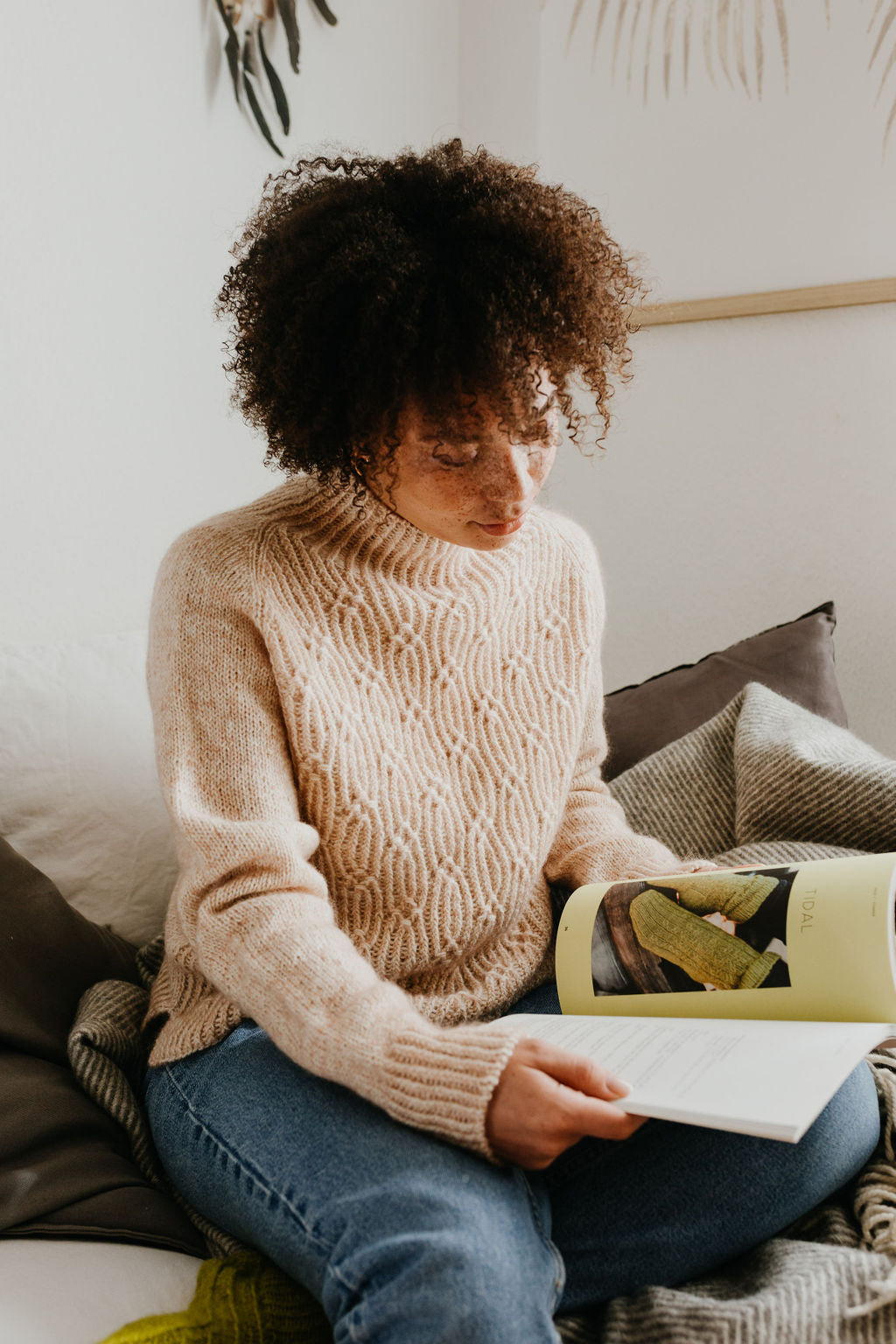
All Books & Magazines
About Us
We're here to help you stitch sustainability into every aspect of your making.
With our carefully curated selection of non-superwash, plastic-free yarns and notions, we have everything you need to get started on your next project - and the one after that.
Here's to a wardrobe of knits we love and want to wear for years to come!
We're here to help you stitch sustainability into every aspect of your making.
With our carefully curated selection of non-superwash, plastic-free yarns and notions, we have everything you need to get started on your next project - and the one after that.
Here's to a wardrobe of knits we love and want to wear for years to come!
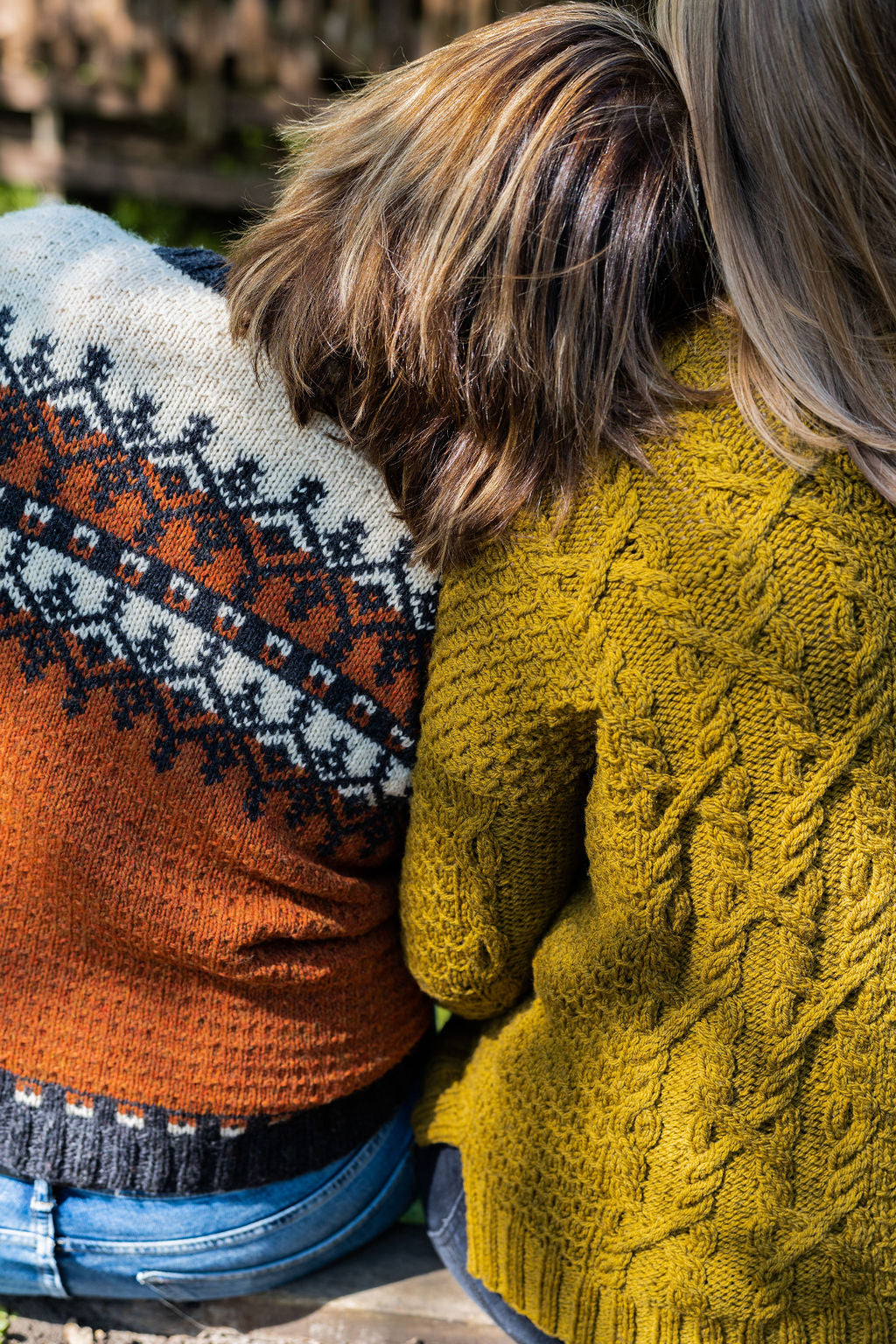
Our Sustainability Pledge
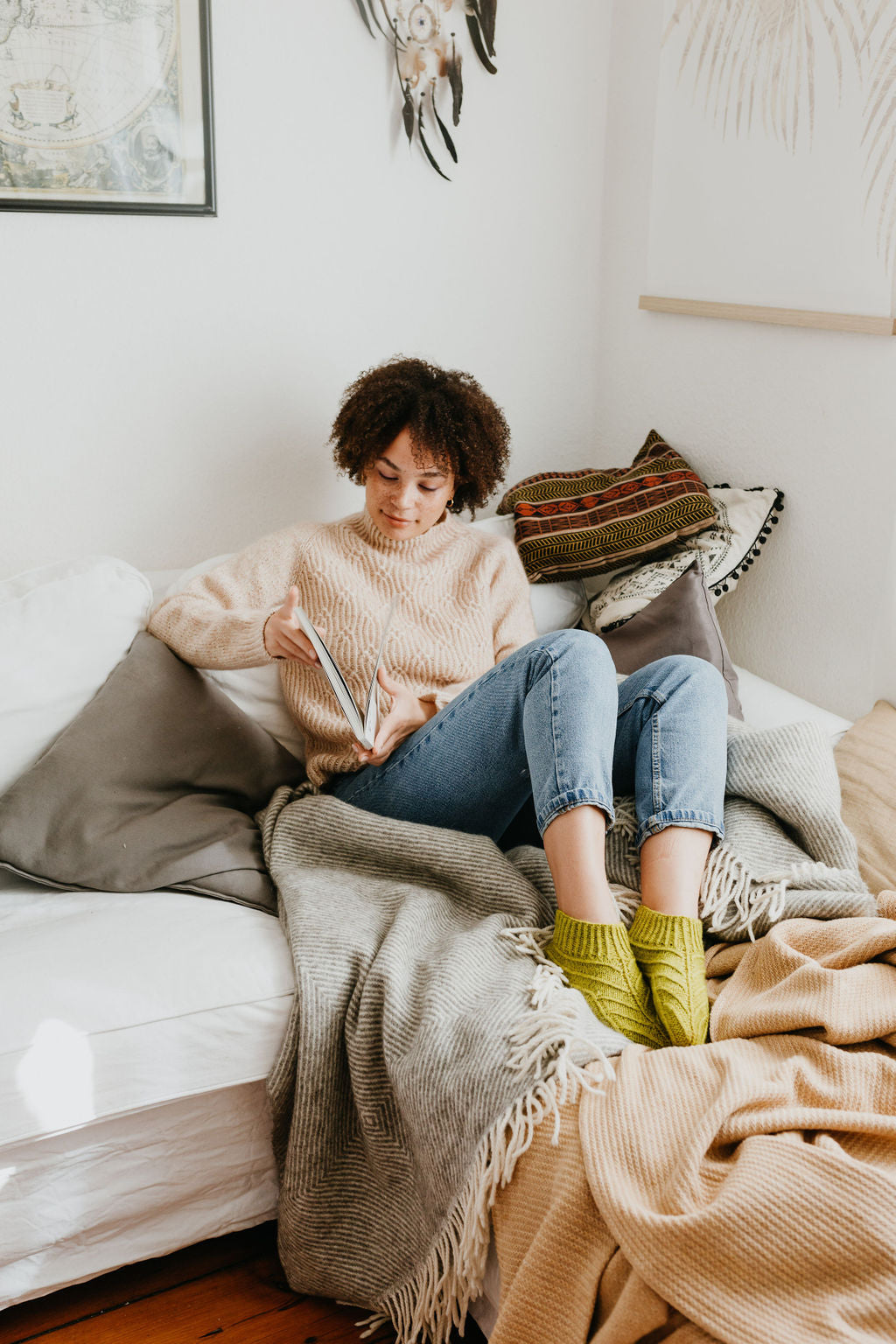
Our Blog
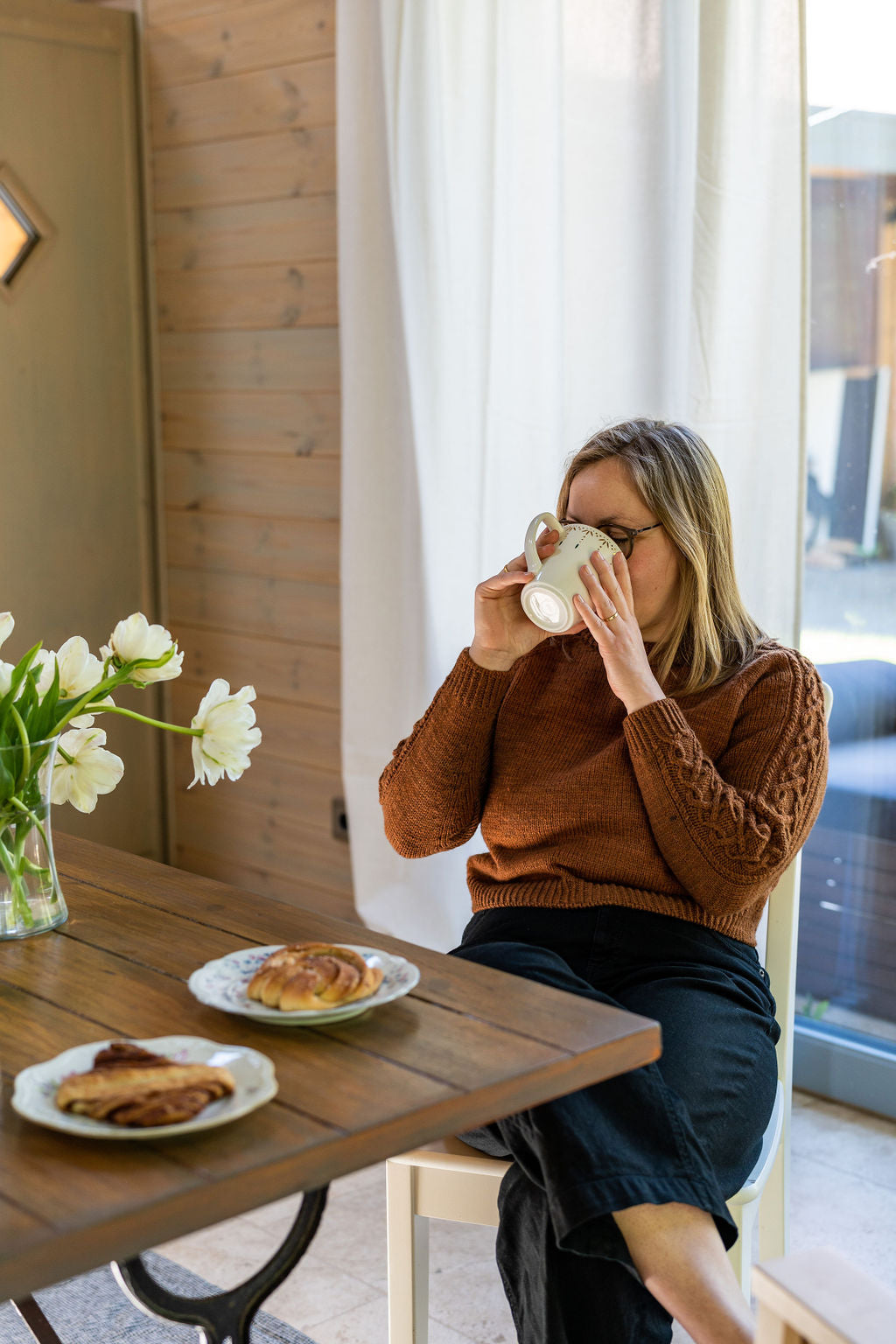
Our Podcast
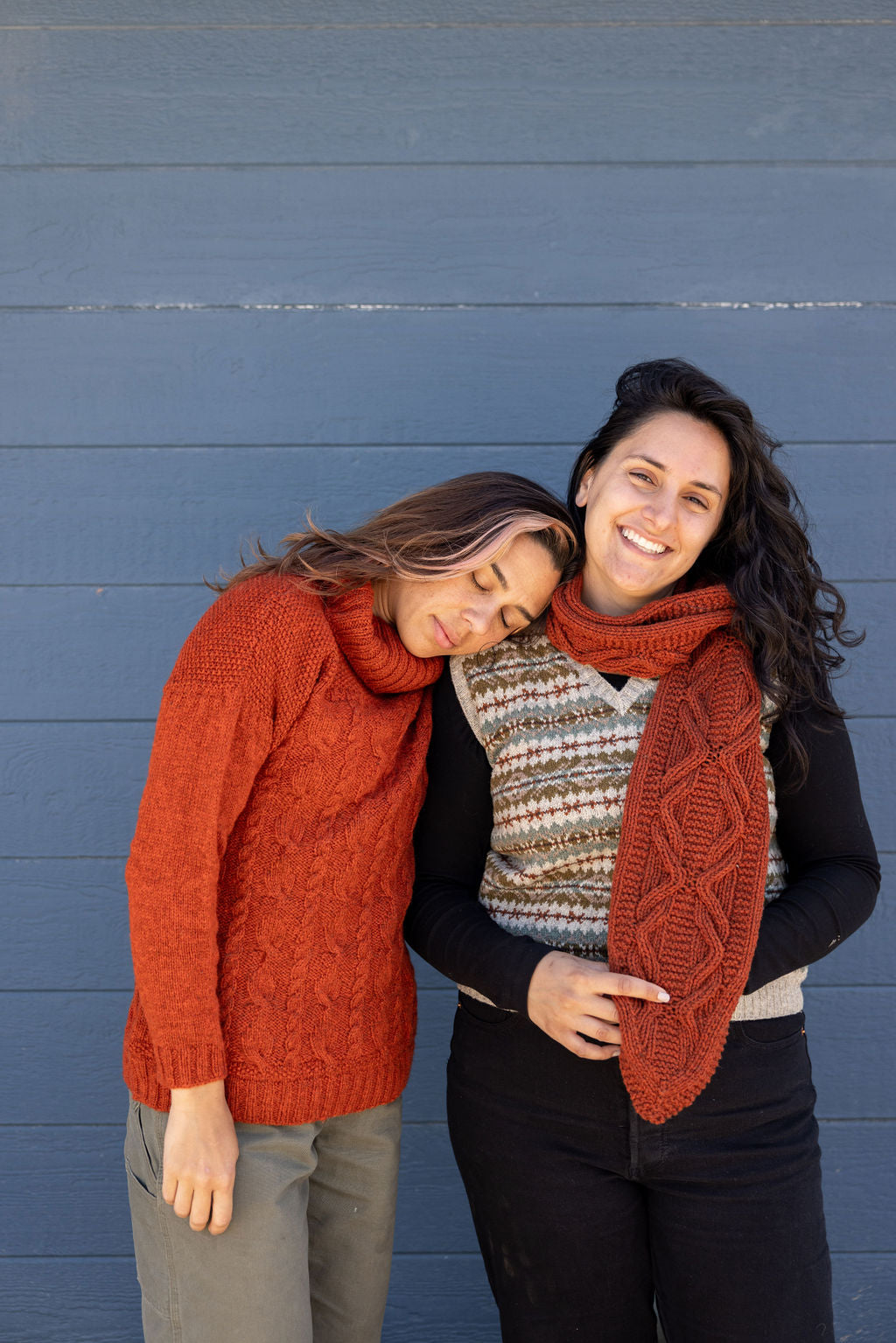
The Making Stories Collective
When I'm yarn shopping, how can I decide which yarn is sustainable?
November 04, 2020 5 min read 1 Comment
Hello folks, and welcome to this week's blog post! We've talked a lot over the past few months about sustainable yarn. We've shared a ton of information and looked at a lot of different topics, and it's been a learning curve for us all. While it's super interesting to explore these subjects here on the blog, putting all of that information to use in every-day life can be pretty overwhelming.

A few weeks ago, Hanna Lisa wrote a handy post titled, 'How Can You Shop Yarn Sustainably?', where she talked all about the things you can consider when deciding where to purchase your yarn. Today, I wanted to follow on by taking a look at how to put what we have learned about sustainability, or more importantly, what you have learned sustainability means to you, into practice when we are choosing yarn.
Before we start, let's consider again what it means to live and shop sustainably. Exploring a more sustainable life isn't about following a list of inflexible rules. In the end, it comes down to what sustainability means for you. While it would be lovely to be able to do all the things and make all the sustainable choices, it's just not realistic or doable. The goal here is not to tick all the boxes, but to have the knowledge to make an informed decision about what you purchase. So you can make the right decisions for you.
And with that said, on to some hypothetical yarn shopping! When we are choosing yarn, how can we decide which is a sustainable choice? Let's ask ourselves a few questions.
Where is it from/where was it made?
I love finding local yarns, both when I'm at home and visiting somewhere new (pre-covid of course!), and it is a great starting point when we are looking to shop sustainably. There are huge environmental benefits that come with keeping production and material sourcing as local as possible; you support the local economy while at the same time, reducing the environmental impact transportation has on the planet.
A great way to discover local yarns would be to ask the owner of your local yarn store about ones they stock. Doing this in person and visiting your LYS is obviously limited right now, but you could always give them a call or send an email. You can also try searching for yarn producers in your location. You may find your new favourite yarn company is right on your doorstep!
EDIT: A fantastic point that I forgot to add originally is going straight to the source by purchasing yarn directly from the mill or farm. There are some seriously amazing yarns to discover this way, and if you are curious about sheep farming at all, it's also a fantastic way to learn more!

What is it made of?
The fibre content of our yarns can make a huge difference in how sustainable it is. The presence of synthetic fibres such as acrylic or nylon are indicators that sustainability is not at the heart of that skein, but it pays to question natural fibres also. Some plant-based fibres have to go through a lot of processing to turn them into something that resembles yarn, which will affect how sustainable they are. If it's 100% wool, do we know where the wool came from? Does it mention the breed(s) of sheep the fibre came from or is it traceable back to a particular flock? Again, your yarn doesn't have to be all of these things, and you may not be able to find all the answers, but it's always helpful to know as much as you can before deciding to buy.
Is it superwash treated?
Makers choose superwash yarns for several reasons, but the reality is that traditional superwash methods are not sustainable. If it's a washable yarn you are after though, there are now alternative methods that are gentler to the environment that are worth checking out. For more information, check out our previous post 'Are There Sustainable Superwash Options?' and if you are interested in reading more in our superwash series, start here with 'Why Is Superwash Yarn Not Sustainable?'!
What packaging are they using?
It's always helpful to consider the larger picture, and the packaging is very much a part of that. How has the yarn been packaged? Can you recycle it? If you order directly from the yarn company, how will your order be shipped? These are all elements that can affect the sustainability of your purchase, so it's worth checking them out.
Does it have any certificates?
Does the yarn you are looking at have certificates such as bluesign‚ìá or GOTS certificate? These are great indicators that sustainability is something the yarn producers cares about. They show that every step of production has been monitored and meets specific criteria, so you know it has been produced fairly. However, bear in mind that these certificates are expensive and not all yarn producers can afford to go through the processing to attain them, despite the fact they are already operating to the required specification. So just because a yarn doesn't have these labels, it doesn't mean it isn't been produced fairly.
If you are interested in learning a little more about the GOTS processing, check out our episode of 'Making Stories Knits With' with Jonny King from Garthenor. It's a fantastic insight into their work!
So we know what we're looking for, but how do we find all of this out?
Sometimes, the information we are looking for will be right on the ball band or in the description when we are shopping online, but sometimes we may need to do a little more digging. Speak to your local yarn shop owner, and don't be afraid of calling or emailing yarn companies for more information. If you are a regular reader of our blog, you'll know that we say this a lot, but it bears repeating here; If sustainability is something a yarn company cares about, you won't have to look too hard to find that out. It will be at the core of their business and they will want to share that with their customers. Any business that is transparent about what they are producing will be more than happy to discuss their work with you, it's the companies that are vague and try to bamboozle you with their latest 'green' product that we should be wary of. And if you reach out to a company and get no reply at all, well, that speaks volumes.
One final thought before I end this post. As we discussed earlier, making sustainable choices depends on what sustainability means to us, and I think the same applies to businesses, particularly small businesses. As we are not able to do all the things all the time, neither are they. What I look for when I go yarn shopping is to purchase from people and companies that are open and honest, even if it's to talk about areas that they could improve (especially then!).
What do you look for when you are shopping for yarn?
1 Response
Leave a comment
Comments will be approved before showing up.
Also in Blog

How to get started with spinning
May 16, 2024 5 min read
Spinning yarn can seem a daunting craft, requiring arcane tools and techniques, but the fundamentals are simple. It is about adding twist to fibre, which gives it the strength to not pull apart. Most preparations of fibre will require drafting – that is, continuously pulling the fibre so fewer strands (or staples) are twisted together to make a thinner yarn. Drafting and adding twist are all that are needed to make yarn.
You might hear about woollen and worsted spinning, and the long- and short-draw methods associated with them. While interesting, and good to understand when improving your skills, the beginner spinner doesn’t need to worry overmuch about these terms.
We’re going to look at the tools and fibre you’ll need before you start spinning yarn.

What’s the difference between combed top, roving, batts and rolags?
May 08, 2024 5 min read
Learning to spin yarn comes with a huge array of new jargon, and a lot of these terms relate to how the fibre is prepared. Whether animal or plant fibre, there is a variety of ways it can be processed from raw material into something you can spin into yarn.
We’re going to look at some of the common formats available to hand spinners, what their characteristics are and the kind of spinning techniques they’re suitable for.

6 Joyful Spring Knitting Patterns - My Current Favorites!
April 10, 2024 4 min read
Hi lovelies! Spring has sprung here in Berlin – as I am typing this (mid March), the buds on the chestnut tree out the window are a few days away from bursting, the forsythias are in full bloom, and our strawberry plants have started their comeback as well (leaves so far, but Aurin checks every day for berries :)).
So it's no surprise at all that today's blog post is very much inspired by the sun and the warmer days to come! I have put together a sweet roundup of 6 joyful spring knitting patterns, all of which I'd love to have on my needles soon. (If someone can get me an extra day or two per week to knit (oh, and to spin), I'd love that!)
The three yarns I've paired them with are my favorite spring / summer yarns: De Rerum Natura's Antigone, a delightful sport-weight linen yarn, Wooldreamers' Saona, a 50% Spanish cotton, 50% Spanish wool blend, and Natissea's Pernelle, our newest spring yarn: A 100% European hemp yarn!
Who Is Making Stories?
We're a delightfully tiny team dedicated to all things sustainability in knitting. With our online shop filled with responsibly produced yarns, notions and patterns we're here to help you create a wardrobe filled with knits you'll love and wear for years to come.
Are you part of the flock yet?
Sign up to our weekly newsletter to get the latest yarn news and pattern inspiration!
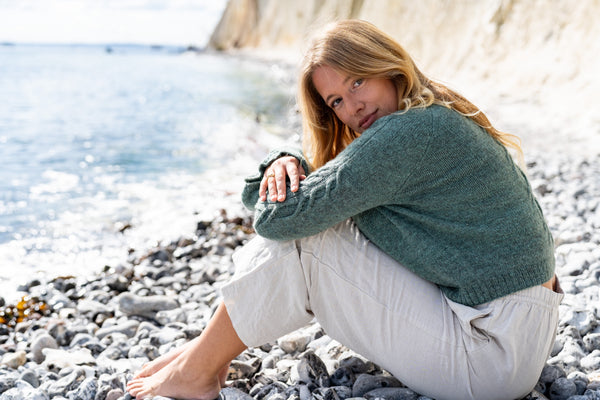
Join the Making Stories flock!
Every Tuesday our newsletter arrives in your inbox, full to the brim with Making Stories goodness. If you would like to join in on the fun, fill in the form below.
As a thank you, we gift you a digital publication of your choice!

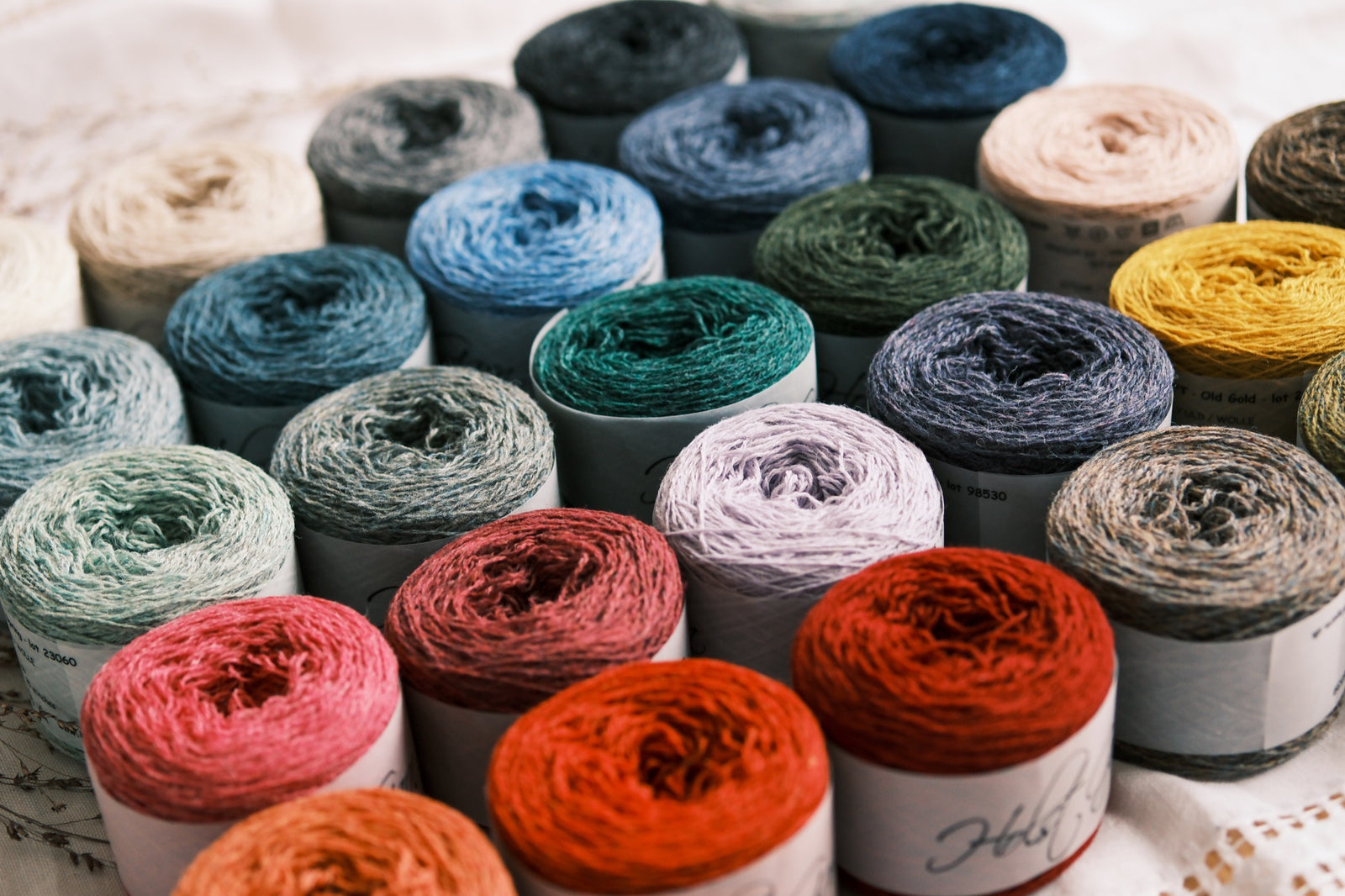


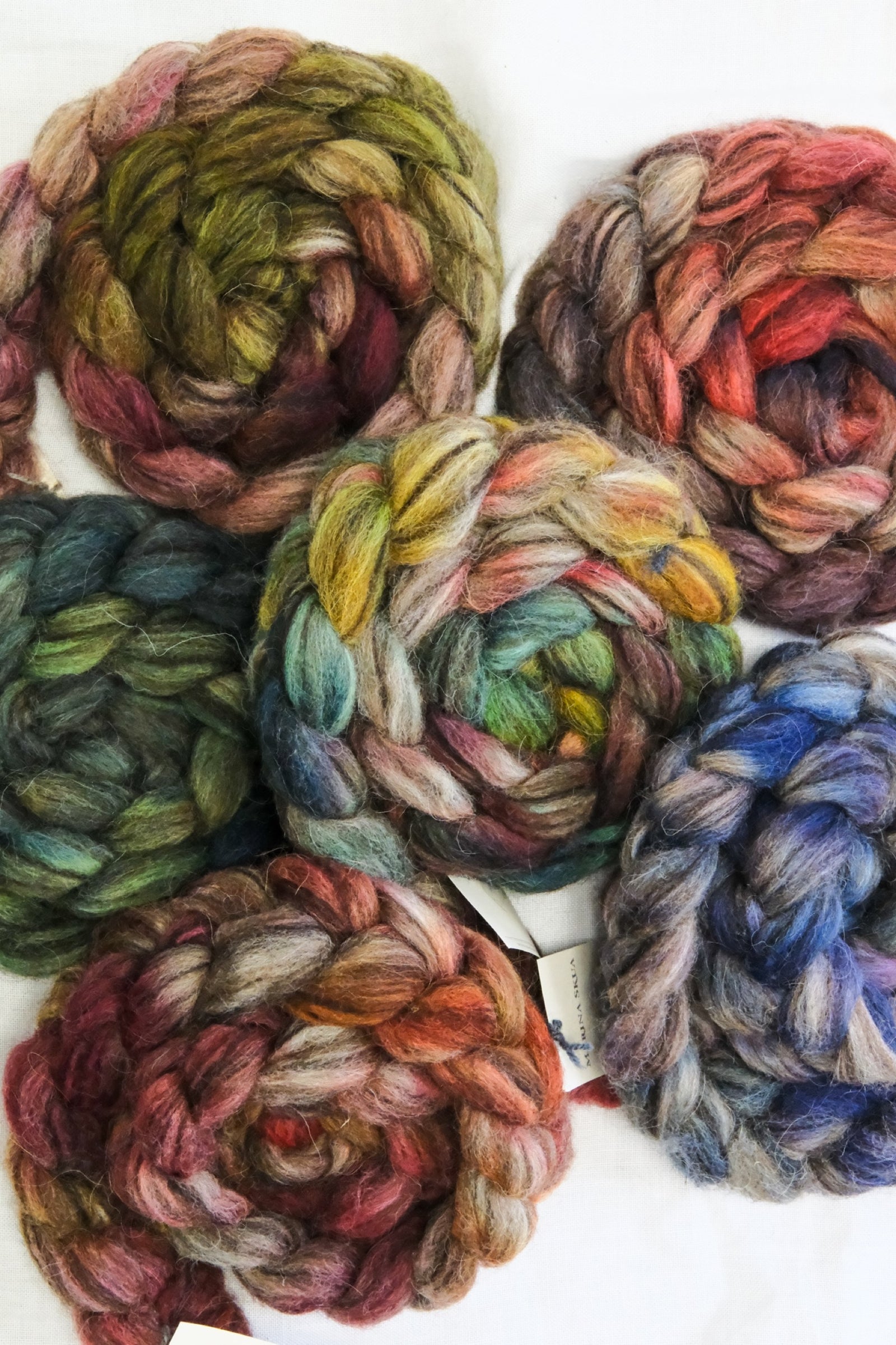


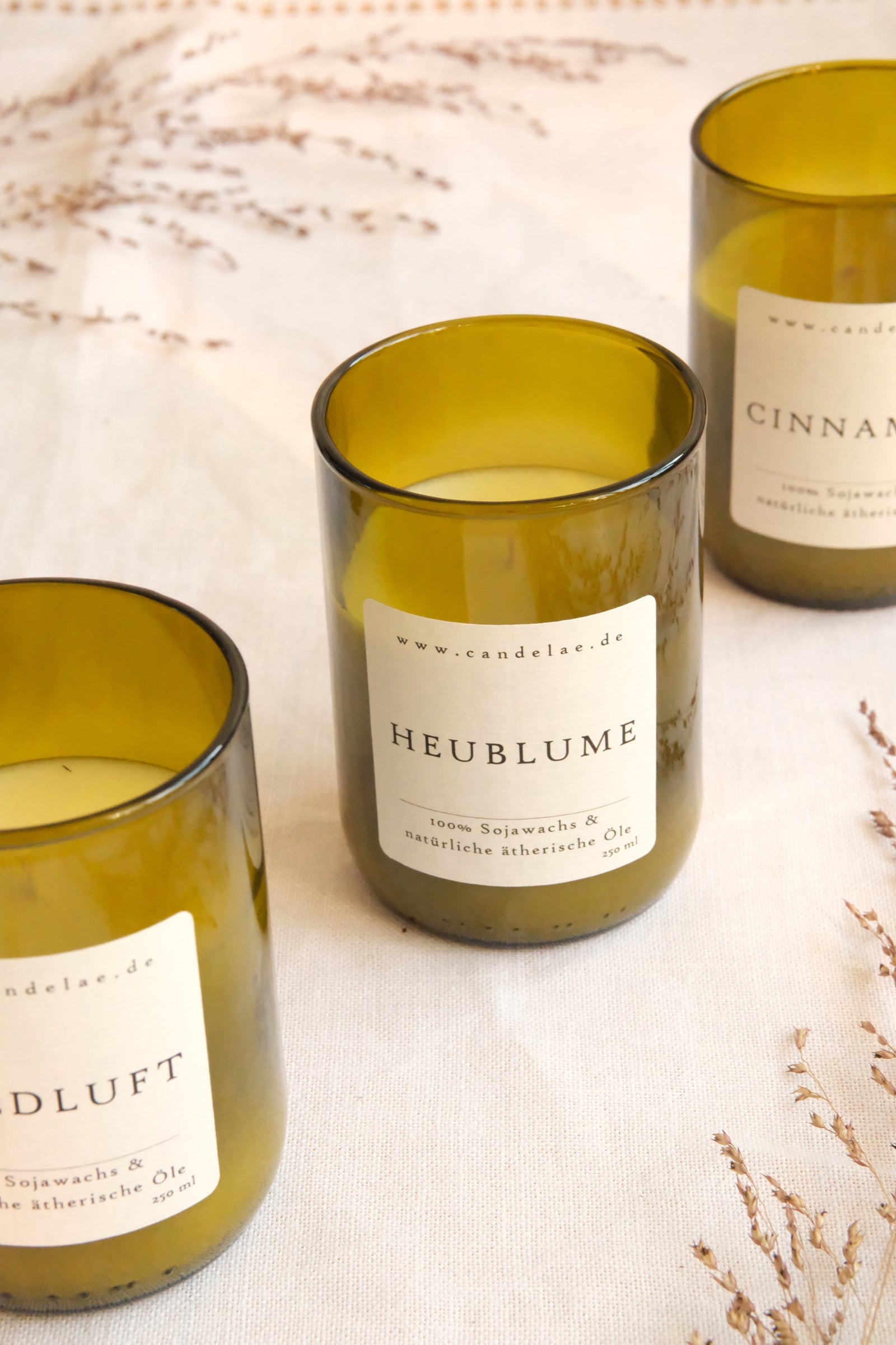
Alex
February 16, 2021
It’s quite hard to get a BlueSign certification, the commitment and the effort required by the company to be certified is massive.
It’s always good to remember that you can make an impact on the environment and society by purchasing products with sustainability certification labels.